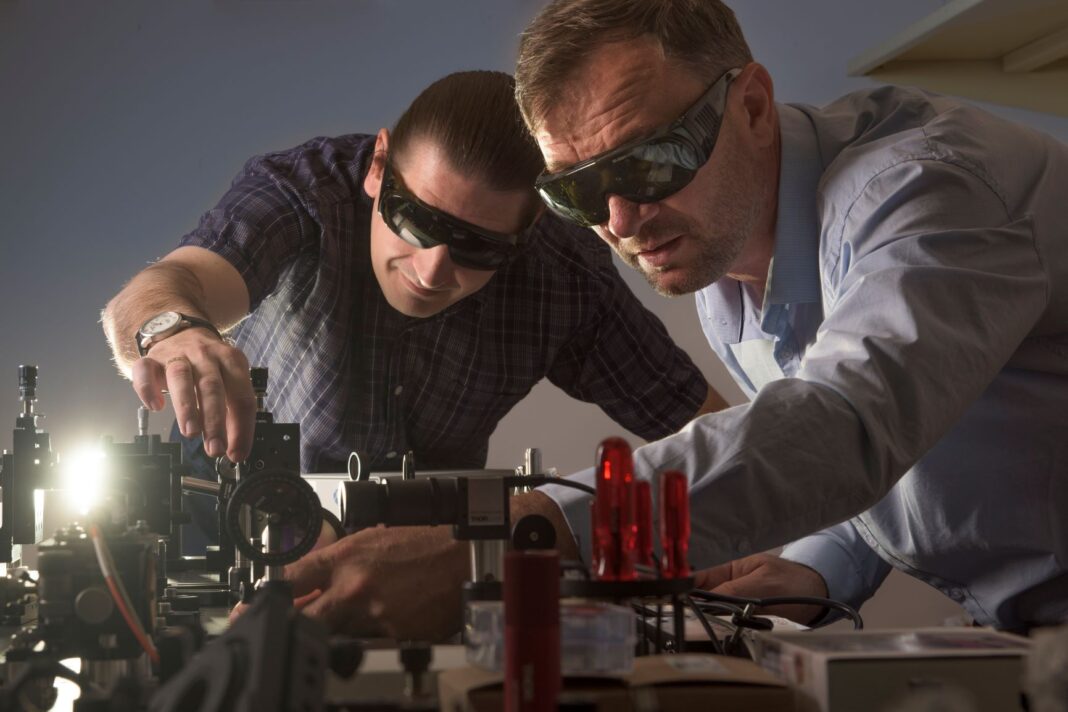New laser tractor beam technology may allow us to control where lightning hits the ground, thereby reducing the risk of catastrophic bushfires.
The majority of Australia’s devastating 2019-20 bushfires were caused by dry lightning strikes.
An international team of researchers, including scientists from The Australian National University (ANU) and UNSW Canberra, are pioneering laser tractor beam technology that has the potential to control the path and direction of lightning.
Co-researcher Dr Vladlen Shvedov, from the ANU Research School of Physics, said the team used a laser beam to trap and heat graphene microparticles in the ambient air that enabled them to create a path along which electrical discharge flowed to a specified target.
“The experiment simulated similar atmospheric conditions to those found in real lightning,” Dr Shvedov said.
“We can imagine a future where this technology may induce electrical discharge from passing lightning, helping to guide it to safe targets and reduce the risk of catastrophic fires.”
The team used a laser intensity of a thousand times less than that in any previous attempts, meaning any potential technology to control lightning could be much cheaper, safer and more precise.
By heating the graphene microparticles trapped in the vortex beam, the team was able to create the necessary conditions for electric breakdown and transmission along the laser’s path using only an ordinary low-intensity laser, Dr Shvedov said.
Co-author Professor Andrey Miroshnichenko, from UNSW Canberra, said the discovery has important applications for reducing bushfire risk as the tractor beam can be guided over long distances and allows for precision control of the lightning’s discharge.
“We have an invisible thread, a pen with which we can write light and control the electrical discharge to within about one tenth the width of a human hair,” Professor Miroshnichenko said.
He said the discovery also has potential for the micro-scale control of electrical discharge in medicine and manufacturing applications.
“The medical applications include optical scalpels for the removal of hard cancerous tissue to non-invasive surgery techniques,” Professor Miroshnichenko said.
“We are really at the start of learning what this completely new technology might mean.”
The research, published in Nature Communications, also involved Texas A&M University at Qatar and the University of California in Los Angeles. Other co-authors of this research include Eugene Pivnev, Artur Davoyan, and Wieslaw Krolikowski.
For more news:



